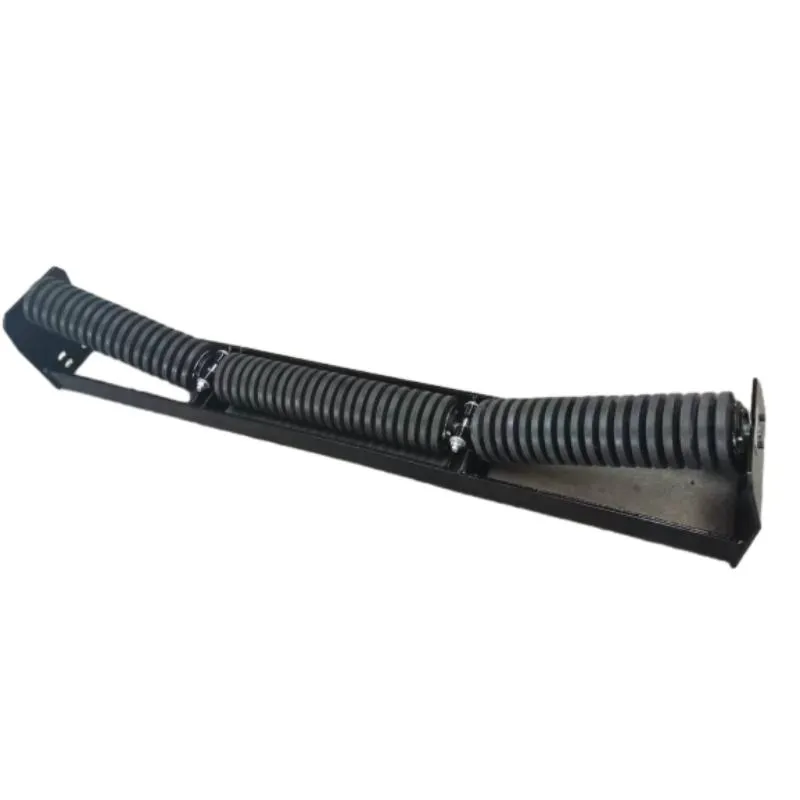 Afrikaans
Afrikaans  Albanian
Albanian  Amharic
Amharic  Arabic
Arabic  Armenian
Armenian  Azerbaijani
Azerbaijani  Basque
Basque  Belarusian
Belarusian  Bengali
Bengali  Bosnian
Bosnian  Bulgarian
Bulgarian  Catalan
Catalan  Cebuano
Cebuano  Corsican
Corsican  Croatian
Croatian  Czech
Czech  Danish
Danish  Dutch
Dutch  English
English  Esperanto
Esperanto  Estonian
Estonian  Finnish
Finnish  French
French  Frisian
Frisian  Galician
Galician  Georgian
Georgian  German
German  Greek
Greek  Gujarati
Gujarati  Haitian Creole
Haitian Creole  hausa
hausa  hawaiian
hawaiian  Hebrew
Hebrew  Hindi
Hindi  Miao
Miao  Hungarian
Hungarian  Icelandic
Icelandic  igbo
igbo  Indonesian
Indonesian  irish
irish  Italian
Italian  Japanese
Japanese  Javanese
Javanese  Kannada
Kannada  kazakh
kazakh  Khmer
Khmer  Rwandese
Rwandese  Korean
Korean  Kurdish
Kurdish  Kyrgyz
Kyrgyz  Lao
Lao  Latin
Latin  Latvian
Latvian  Lithuanian
Lithuanian  Luxembourgish
Luxembourgish  Macedonian
Macedonian  Malgashi
Malgashi  Malay
Malay  Malayalam
Malayalam  Maltese
Maltese  Maori
Maori  Marathi
Marathi  Mongolian
Mongolian  Myanmar
Myanmar  Nepali
Nepali  Norwegian
Norwegian  Norwegian
Norwegian  Occitan
Occitan  Pashto
Pashto  Persian
Persian  Polish
Polish  Portuguese
Portuguese  Punjabi
Punjabi  Romanian
Romanian  Russian
Russian  Samoan
Samoan  Scottish Gaelic
Scottish Gaelic  Serbian
Serbian  Sesotho
Sesotho  Shona
Shona  Sindhi
Sindhi  Sinhala
Sinhala  Slovak
Slovak  Slovenian
Slovenian  Somali
Somali  Spanish
Spanish  Sundanese
Sundanese  Swahili
Swahili  Swedish
Swedish  Tagalog
Tagalog  Tajik
Tajik  Tamil
Tamil  Tatar
Tatar  Telugu
Telugu  Thai
Thai  Turkish
Turkish  Turkmen
Turkmen  Ukrainian
Ukrainian  Urdu
Urdu  Uighur
Uighur  Uzbek
Uzbek  Vietnamese
Vietnamese  Welsh
Welsh  Bantu
Bantu  Yiddish
Yiddish  Yoruba
Yoruba  Zulu
Zulu Innovative Self-Aligning Idler Solutions for Enhanced Conveyor System Efficiency
Understanding Self-Aligning Idlers Importance and Applications
In the realm of industrial applications, particularly in conveyor systems, the efficiency and effectiveness of material handling play a crucial role. One vital component that significantly enhances these systems is the self-aligning idler. Often overlooked, this seemingly simple device offers numerous benefits that can lead to improved operational performance and reduced costs.
What is a Self-Aligning Idler?
A self-aligning idler is a roller component used in conveyor systems designed to maintain proper belt alignment throughout the operation. These idlers have a unique design that allows them to pivot or align themselves automatically with the direction of the conveyor belt. This functionality helps prevent belt misalignment, which can lead to various operational issues, including increased wear and tear on the belt and components, reduced efficiency, and even potential system failures.
The Importance of Self-Aligning Idlers
The significance of self-aligning idlers cannot be overstated. Firstly, they help maintain the correct alignment of the conveyor belt during operation. Misalignment is a common issue in conveyor systems, leading to uneven wear on the belt and idlers, increased maintenance costs, and downtimes. By ensuring that the belt remains aligned, self-aligning idlers contribute to extending the lifespan of the system and reducing the frequency and cost of repairs.
Secondly, self-aligning idlers improve operational efficiency. An aligned belt travels smoothly, optimizing the conveyance of materials. This smooth operation leads to quicker transport times and reduces energy consumption, which is especially important in large-scale operations where energy costs can be significant. Consequently, companies can save on both operational costs and resources while enhancing productivity.
self aligning idler

Lastly, self-aligning idlers add safety to conveyor systems. Misaligned belts can cause materials to spill, leading to potential hazards for workers and equipment. By utilizing self-aligning idlers, businesses can mitigate these risks, creating a safer work environment and avoiding costly accidents or injuries.
Applications of Self-Aligning Idlers
Self-aligning idlers are used across various industries that implement conveyor systems. In mining and aggregate industries, for example, where heavy materials are transported, maintaining proper belt alignment is crucial to prevent excessive wear and disruption. The cost of replacing a conveyor belt can be astronomical, so the use of self-aligning idlers is a proactive measure to ensure longevity and reliability.
In manufacturing, especially in assembly line operations, self-aligning idlers can help streamline production processes. They ensure that products are conveyed steadily and without interruption, which is vital for maintaining production schedules and meeting demand.
Additionally, in logistics and warehousing, where the handling of packages and materials needs to be efficient and timely, self-aligning idlers contribute significantly. They help in maintaining a smooth flow of conveyor machinery, reducing delays, and improving the overall efficiency of logistics operations.
Conclusion
In conclusion, self-aligning idlers are small yet powerful components that play a crucial role in enhancing the efficiency, safety, and longevity of conveyor systems across various industries. Their ability to maintain belt alignment significantly reduces wear and tear, lowers maintenance costs, and creates a safer working environment. As industries continue to evolve and seek ways to optimize operations, the adoption and integration of self-aligning idlers will undoubtedly be a wise investment, ensuring that systems run smoothly and effectively while promoting safety and economic stability.
-
Revolutionizing Conveyor Reliability with Advanced Rubber Lagging PulleysNewsJul.22,2025
-
Powering Precision and Durability with Expert Manufacturers of Conveyor ComponentsNewsJul.22,2025
-
Optimizing Conveyor Systems with Advanced Conveyor AccessoriesNewsJul.22,2025
-
Maximize Conveyor Efficiency with Quality Conveyor Idler PulleysNewsJul.22,2025
-
Future-Proof Your Conveyor System with High-Performance Polyurethane RollerNewsJul.22,2025
-
Driving Efficiency Forward with Quality Idlers and RollersNewsJul.22,2025





























